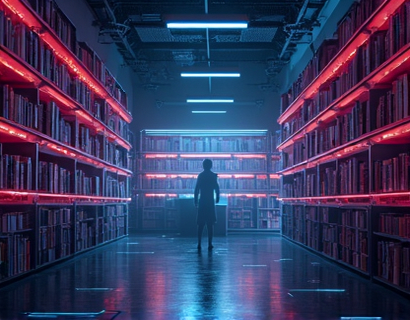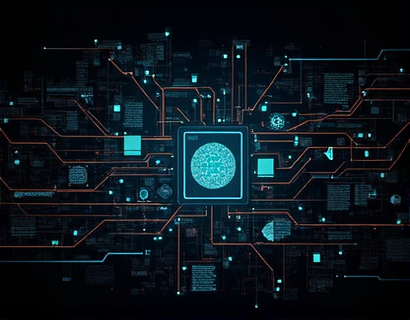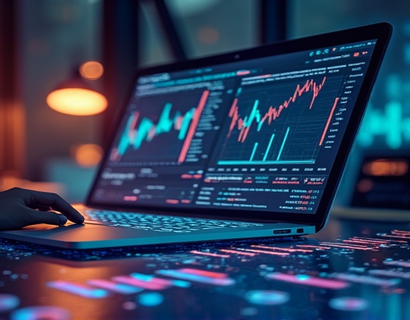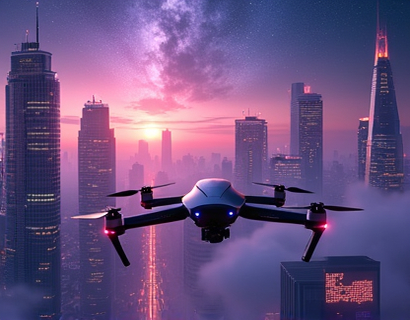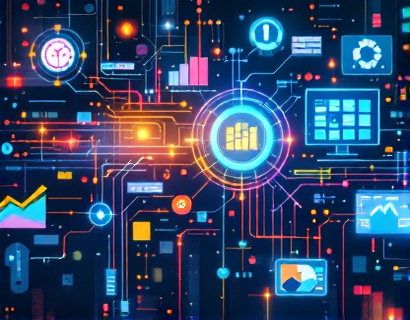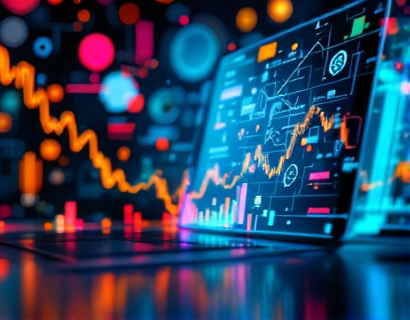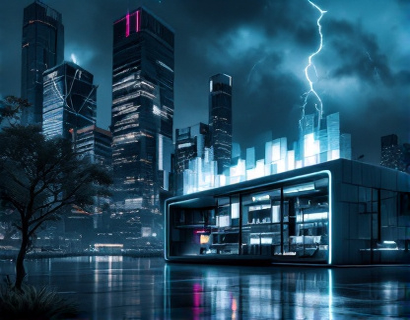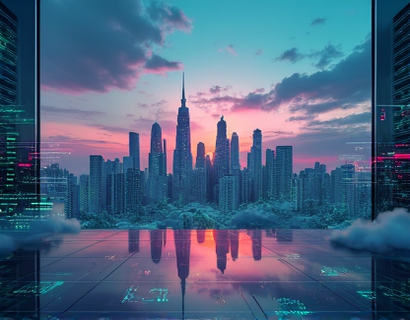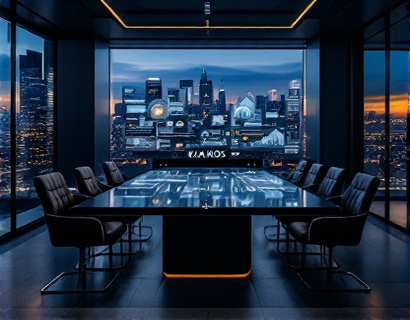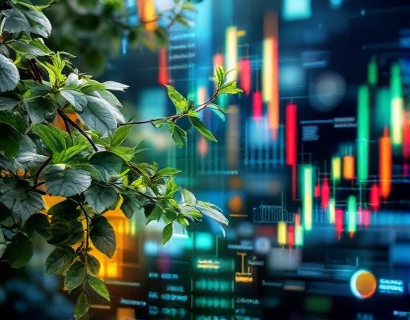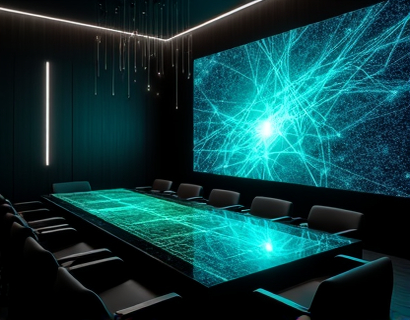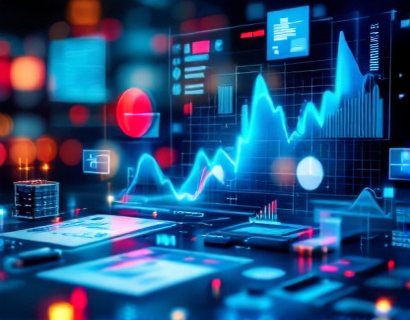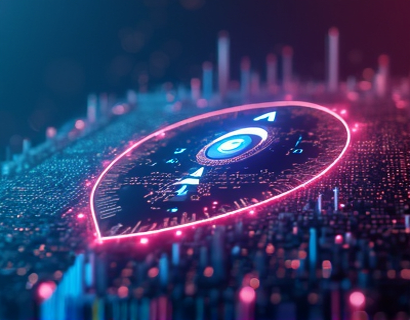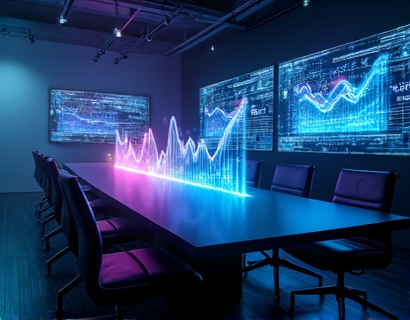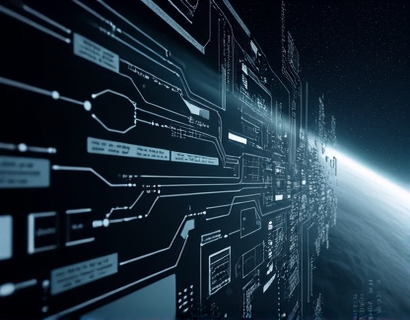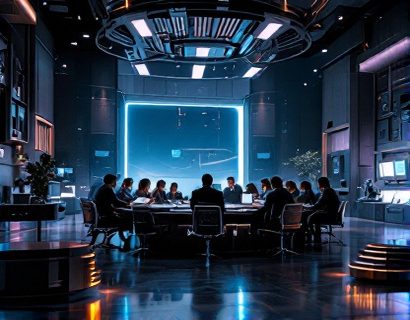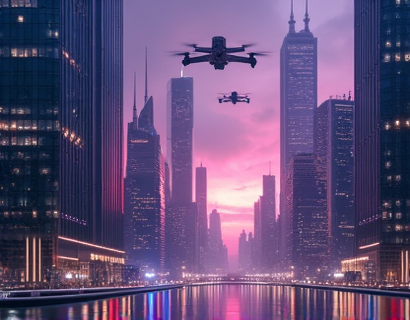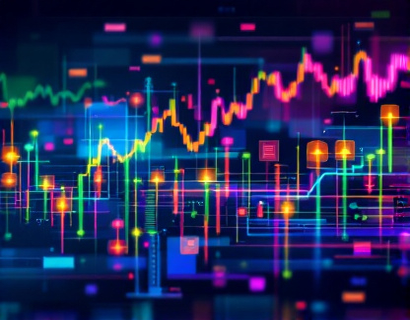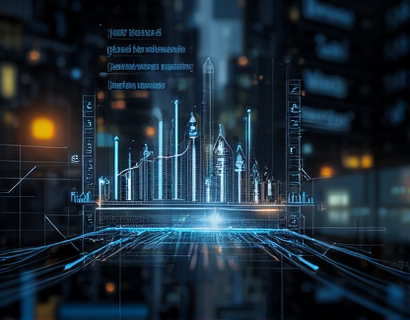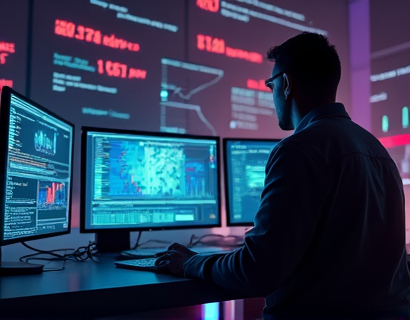Unlocking Digital Transformation: Converting Physical and Digital Assets into Enchanted Collectibles
The digital age has ushered in a new era of creativity and innovation, where the boundaries between the physical and digital worlds are increasingly blurred. One of the most exciting developments in this space is the transformation of physical and digital assets into captivating digital collectibles. This process, facilitated by advanced online solutions, not only enhances the value and allure of unique items but also opens up a realm of endless possibilities for digital transformation and expression. In this article, we will delve into the intricacies of this innovative service, exploring how it merges creativity and technology to unlock the potential of your treasures.
The concept of digital collectibles is not new, but the methods and tools available today have revolutionized the way we create, collect, and interact with these digital artifacts. Unlike traditional collectibles, digital collectibles exist solely in the digital realm, offering a unique blend of scarcity, uniqueness, and interactivity. These collectibles can range from digital art and rare in-game items to virtual real estate and exclusive online experiences. The allure of digital collectibles lies in their ability to be owned, traded, and appreciated in a way that is both accessible and immersive.
The process of transforming physical and digital assets into digital collectibles involves several key steps. First, the asset must be digitized, which can be as simple as scanning a physical object or as complex as 3D modeling a digital file. Once digitized, the asset undergoes a series of enhancements and transformations to create a unique digital collectible. This process can include adding interactive elements, integrating blockchain technology for provenance and scarcity, and designing an engaging backstory or narrative around the collectible.
One of the most significant advantages of this transformation is the enhancement of value. Physical assets, while valuable in their own right, are often limited by their tangible nature. Digital collectibles, on the other hand, can be easily shared, traded, and appreciated by a global audience. Blockchain technology plays a crucial role in this process by providing a secure and transparent way to verify ownership and scarcity. Each digital collectible can be uniquely identified and tracked, ensuring its authenticity and value over time.
The creative possibilities offered by digital collectibles are vast and varied. Artists, designers, and creators can leverage this technology to bring their visions to life in ways that were previously impossible. For instance, a painter can transform a static image into an interactive digital experience, allowing viewers to explore different layers and details of the artwork. Similarly, a sculptor can create a virtual version of their piece that can be manipulated and viewed from any angle, providing a more immersive experience than a physical model ever could.
For collectors and enthusiasts, digital collectibles offer a new dimension of engagement and community. Online platforms dedicated to digital collectibles serve as vibrant communities where users can showcase their items, share stories, and connect with like-minded individuals. These platforms often feature marketplaces where digital collectibles can be bought, sold, and traded, providing a dynamic and fluid economy. The social aspect of these communities fosters a sense of belonging and collaboration, encouraging users to explore new creative avenues and push the boundaries of what is possible.
The technology behind digital collectibles is rapidly advancing, with several key innovations driving this transformation. One of the most significant advancements is the integration of blockchain technology. Blockchain provides a decentralized and immutable ledger that ensures the authenticity and provenance of each digital collectible. This technology not only enhances trust and security but also enables new business models, such as fractional ownership and dynamic pricing based on demand.
Another crucial aspect is the use of augmented reality (AR) and virtual reality (VR) to bring digital collectibles to life. AR allows users to overlay digital collectibles onto the real world, creating interactive and immersive experiences. For example, a digital art piece can be viewed in a user's living room, interacting with the physical space in real-time. VR, on the other hand, provides a fully immersive environment where users can explore and interact with digital collectibles in a three-dimensional space, enhancing the overall experience and engagement.
The process of creating a digital collectible begins with the selection and digitization of the asset. This can be a straightforward process for digital files, such as images or 3D models, which can be directly uploaded to a specialized platform. For physical objects, the process involves high-resolution scanning or 3D scanning to capture the intricate details of the item. Once digitized, the asset is prepared for transformation. This may include color correction, texture mapping, and the addition of interactive elements.
The transformation phase is where creativity truly shines. Artists and designers work with advanced software tools to enhance and reimagine the digitized asset. This can involve adding animations, sound effects, and interactive features that bring the collectible to life. The goal is to create a unique and engaging experience that captures the essence of the original asset while offering something new and exciting. The use of machine learning and AI can also play a role in this process, automating certain aspects of the transformation and allowing for more intricate and detailed results.
Once the digital collectible is created, it is registered on a blockchain to ensure its authenticity and scarcity. This step is crucial for establishing trust and value in the digital collectibles market. The blockchain record includes metadata such as the asset's description, creator information, and any relevant history or provenance. This transparency not only enhances the collectible's value but also provides a level of security that is unmatched in traditional collectibles.
The final step is the distribution and showcase of the digital collectible. This can be done through specialized online platforms that serve as marketplaces, galleries, or community spaces. These platforms often feature robust tools for users to display their collectibles, share their creation process, and connect with other enthusiasts. The social and interactive aspects of these platforms foster a sense of community and collaboration, encouraging users to learn from each other and push the boundaries of digital creativity.
For individuals and businesses looking to explore the world of digital collectibles, there are several platforms and tools available. These platforms vary in their features and focus, catering to different needs and levels of expertise. Some platforms specialize in digital art and NFTs (non-fungible tokens), providing tools for creating and selling unique digital art pieces. Others focus on gaming and virtual worlds, offering tools for creating and trading in-game items and virtual real estate. There are also platforms that cater to a broader range of assets, including physical items, historical documents, and more.
When choosing a platform, it is essential to consider factors such as ease of use, community support, and the range of features offered. A user-friendly interface is crucial for those new to digital collectibles, while advanced users may seek platforms with more sophisticated tools and integrations. Community support is also vital, as it provides a wealth of knowledge and resources for learning and improvement. Additionally, the platform's reputation and security measures should be carefully evaluated to ensure the protection of your digital assets.
The impact of digital collectibles extends beyond the individual creator and collector. This technology has the potential to transform various industries and sectors. In the art world, digital collectibles offer new ways to create, distribute, and monetize art, democratizing access to a global audience. In the gaming industry, digital collectibles can enhance player engagement and provide new revenue streams through the sale and trading of in-game items. In the realm of education, digital collectibles can be used to create interactive learning experiences that are both engaging and memorable.
Moreover, the environmental benefits of digital collectibles cannot be overlooked. By reducing the need for physical production and distribution, digital collectibles help minimize the environmental impact associated with traditional collectibles. This aligns with the growing trend towards sustainability and responsible consumption, making digital collectibles an attractive option for environmentally conscious consumers.
As the technology and ecosystem around digital collectibles continue to evolve, we can expect to see even more innovative applications and use cases. The integration of IoT (Internet of Things) devices, for example, could enable digital collectibles to interact with physical objects, creating a seamless blend of the digital and physical worlds. The development of more advanced AR and VR technologies will further enhance the immersive experiences associated with digital collectibles, opening up new possibilities for entertainment, education, and beyond.
In conclusion, the transformation of physical and digital assets into digital collectibles represents a exciting frontier in the intersection of creativity and technology. By leveraging advanced online solutions, individuals and businesses can unlock the full potential of their treasures, enhancing their value and appeal in the digital realm. The vibrant communities and innovative tools available today provide a fertile ground for exploration and expression, inviting everyone to join in this exciting journey of digital transformation.



